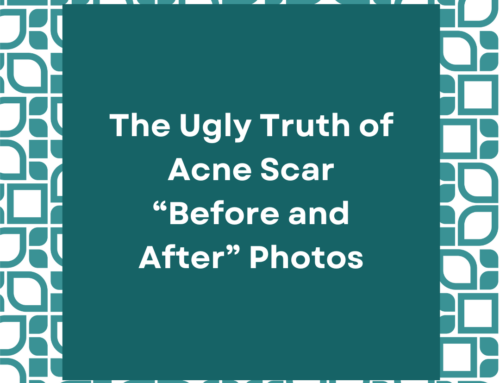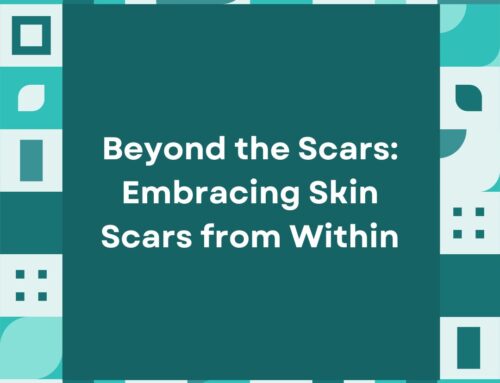Scars are a natural part of the body’s healing process, but their appearance can vary significantly from person to person. Understanding the risk factors associated with scarring is essential for informed wound care and minimizing their long-term visibility. In this comprehensive guide, we will explore the various factors that contribute to scarring, including race, gender, ethnicity, and environmental influences.
The Science of Scarring:
Scarring occurs when the body repairs damaged skin tissue. During the healing process, collagen fibers are produced to mend the wound, resulting in the formation of scar tissue. The appearance and severity of scars depend on several factors, including:
- Genetics:
Our genetic makeup plays a crucial role in how our skin heals. Certain individuals are genetically predisposed to develop more noticeable scars than others. Factors such as skin type, pigmentation, and collagen production are influenced by genetics and can affect scar formation.
- Ethnicity and Skin Type:
Ethnicity can impact how the skin responds to injury and the likelihood of developing certain types of scars. For example, individuals with darker skin tones may be more prone to hyperpigmented scars (darkened scars) or keloids (raised, thick scars) due to increased melanin production.
- Wound Type and Location:
The type and location of the wound play a significant role in scarring. Wounds that are deeper, larger, or occur in areas with more tension (e.g., joints) are more likely to result in noticeable scars. Proper wound care and suturing techniques can help minimize scarring.
- Environmental Factors:
Environmental factors, such as exposure to sunlight, pollution, and smoking, can impact the healing process and scar formation. Prolonged sun exposure can lead to hyperpigmented scars, while smoking may reduce blood flow, slowing down the healing process.
Minimizing Scarring:
While some scarring is inevitable, there are steps you can take to minimize its appearance:
- Early Wound Care: Clean and protect wounds to prevent infection and ensure proper healing. See scar healing experts immediately.
- Topical Treatments: Silicone gel sheets, vitamin E, and onion extract creams have shown effectiveness in reducing scar appearance when applied to healing wounds. Consult with a physician before using these ingredients.
- Sun Protection: Protect scars from UV exposure using sunscreen or clothing to prevent hyperpigmentation.
- Consult a Dermatologist: For stubborn or highly visible scars, consult a dermatologist who can recommend treatments such as laser therapy, corticosteroid injections, or surgical revision.
Understanding the risk factors associated with scarring is the first step in managing and minimizing their appearance. While genetics, ethnicity, gender, and environmental factors can influence scar formation, proper wound care and skincare can significantly improve the outcome. Consulting with a dermatologist can provide personalized guidance and treatments to address specific scarring concerns. Remember, scars are a part of the healing process, and with the right care from scar healing experts, they can fade over time.
Schedule an Appointment
Scar Healing Institute
Scar Healing Institute is committed to developing the most effective treatments for scarring. Our team of scar revision specialists are continually inventing the latest technologies and formulas to deliver the best results for our patients.




